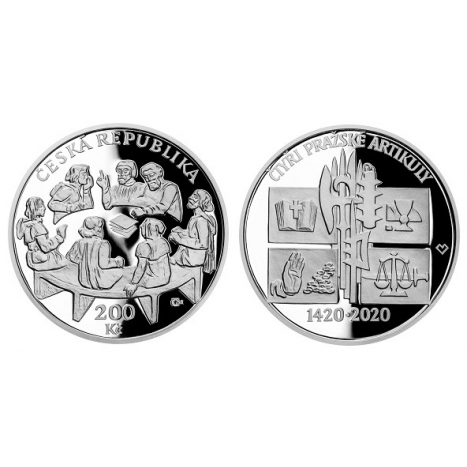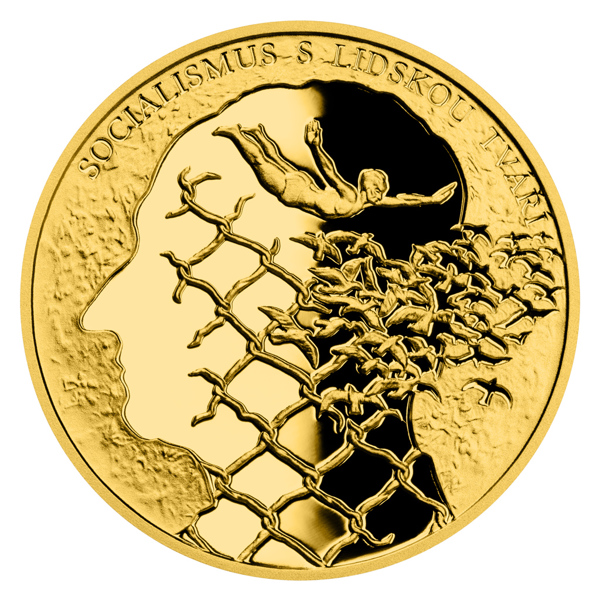Good Suggestions For Gold Blanks Czechoslovakia Medals
Wiki Article
How Do High-Precision Cnc Machines Cut The Design Into A Die Or Master Hub That Is Used To Create Gold Medals Or Coins?
CNC machines are essential in creating master hubs or dies that are used when striking gold coins or gold medals. Here is a brief outline of the CNC Programming Process.
A CAD program (Computer Aided Design), produces a 3D digital representation of the design for the coin.
Software for Computer-Aided Manufacturing (CAM) creates tools and CNC directions built on the 3D model.
Choice of Die Material
CNC machining is carried out using master hubs or dies that are made of strong and durable quality materials such as brass, steel, or alloys that are hardened. These materials can withstand the high-pressure striking process and provide accurate replication of the model.
Fixturing and Setup-
Fixing the material securely onto the CNC machine's worktable or vice is essential for machining precision. It is essential to avoid vibrations and movement during processing.
CNC Machining Process
CNC machines employ cutting tools like ball mills or end mills to carve out the design on the master hub or die.
The CNC machine makes use of the programmatic toolpaths, which remove the material in a precise manner from the block of material according to the 3D models specifications.
To create different depths of contours or to create different details in the coin design It is possible to use different types of cutting tools.
CNC machines use computer-controlled algorithms that regulate their movements, providing accuracy as low as micrometers.
Finishing and Refinement
The die, or master hub is refined further after the initial machining.
Surface finishes can be improved through detailing or polishing surfaces using hand tools or using specialized equipment.
Quality Control and Inspection
The finished die, or master hub, can be inspected with precision using tools like a micrometers. gauges, and optical measuring instruments.
Hardening (optional) and Treatment
Die dies could be treated with heat hardening or surface treatments to increase the durability and wear resistance during the striking process.
CNC machines offer the accuracy and precision required to replicate intricate designs on master hubs or dies. Die machines are crucial for the accurate and constant casting of gold coins or other coins. See the recommended CNC Machining Prague Mint gold coins site recommendations including mexican gold coins, gold and silver buyers near me, bullion dealers, gold and coin dealers near me, gold coin values, gold bullion coins, $5 gold piece, gold bars price, $20 gold piece, coin 1 and more.

How Does A Janvier Machine Transfer The Gold Coin Or Medal Design From The Master Hub Onto A Functioning Hub?
A Janvier machine can also be referred to as pantograph, also known as a reducing machine. It is employed to transfer the designs of a coin or medal from a master into a working center. Here's a brief overview of how the Master Hub Creation works.
The master hub is actually the die or mold, that has the exact design for the coin or medal. It is created by CNC machining, or using other precision techniques.
Janvier Machine - Setup
The Janvier machine includes an instrument to trace the design on the hub master and an aide-memoire cutter that replicates the layout.
The Janvier machine's master hub, that serves as a template from where the design can be copied, is positioned in a secure manner to the machine.
Tracing Design
The Janvier stylus is a perfect match for the design's contours as well as the specifics of the hub. When the stylus is moved on the hub's surface, it records its profile.
Reduce the Design
The Janvier machine's cutting tool replicates the traced design to the working hub. The hub is made from a less hard metal that the master which is typically nickel or steel.
The cutting tool cuts or reproduces the design on the hub that is working at the smaller or smaller dimensions compared to the master hub. This reduction is crucial for the minting process, as it allows for the striking of medals or coins at the size you want.
Accuracy and precision
Janvier is a precise machine that guarantees a precise transfer of designs from the master hub to the working hub. The machine is able to reproduce even the most minute details and curves.
Quality Control
The final working hub goes through quality checks to ensure it meets the specifications for striking and is exact.
Additional Processing
The hub of work created by the Janvier machine can be used as a tool in the coin or medal striking process. It is used as a mold, or die to create a variety of medals or coins that are blank and have the transferred design.
The Janvier machine's purpose is essential for the minting process, enabling the replication and reduction of complex medal or coin designs from master hubs to working hubs accurately. These working hubs will then be used to produce mass quantities of coins and other medals using the strike process. See the top janvier processing Czechoslovakia gold coins blog examples. including american buffalo coin, kruger rand, buy silver & gold, 1 4 oz gold coin, buy gold bars from bank, gold bullion cost, guardian angel coin, silver double eagle, canadian gold maple leaf coin, gold coins for sale near me and more.

Why Are Gold Coins And Medals Cleaned By Hand?
It is essential to polish by hand dies to create a flawless and smooth surface. A smooth surface permits complex details to be easily replicated on coins and medals.
A polished die creates coins and medals with more defined edges, sharper relief, and better features. This improves the appearance and quality of the final product.
Reduced Wear- Polishing reduces friction and wear during the process of striking. A smooth surface reduces the risk of errors or irregularities being induced on the coin or medal struck caused by rough surfaces.
Consistency of Striking Hand-polished dies guarantee uniformity during the process of minting by ensuring a consistent strike area. Consistency is essential to ensure the accuracy and quality of the designs on all coins or medals.
Durability of the DiesDies that are well-polished are less prone to damage or wear in the striking process. They are longer-lasting and more durable, which permits more strikes, without compromising quality.
Precision and Accuracy. Hand polishing lets engravers refine, fine tune and make sure that specific areas are perfect on the die. The particulars will be accurately reproduced on the struck coin or medal. The precision of the final product is improved by this level of precision.
Quality Control: Polishing is an important element of quality control. The examination of the die when polishing by hand is a method to identify and correct any defects or irregularities before the die is struck.
Surface Finish - Polishing provides a unique appearance or texture to medals and coins, increasing their visual appeal.
Overall, hand polishing gold dies and medals to a high standard is vital to create high-end, highly precise, and visually pleasing products. It can make a huge impact on the appearance of the item in its quality, consistency and durability. View the most popular hand polishing Czechoslovakia gold coins more examples. including olympic gold medal, 50 dollar gold piece, silver eagle coins, twenty dollar coin, 1972 gold dollar, 1 oz gold bars, 100 gm gold biscuit, price for one ounce of gold, $50 gold coin, gold buy bullion and more.

How Do Gold Blanks Are Fed Into Coin Presses Under Extreme Pressure? And Then Stamped?
In the process of minting gold blanks are loaded into coin presses, where they are stamped under extreme pressure to make them into pieces of gold or coins. This article provides a brief description of the process involved in loading blanks.
In a feeder system that is linked to the press, the gold blanks have already been prepared and quality checked. This feeder system guarantees a continuous supply of blanks to the press.
Feeding Blanks to the Press
This feeder system ensures that every blank is positioned precisely inside the chamber for stamping. This guarantees the exact positioning of each blank prior to the stamping.
Alignment of Positioning
Within the press, the blanks are aligned and positioned in the striking chamber to ensure that they are completely centered and oriented for the stamping process.
Striving under High Pressure
The coin press has two dies: one stationary and the other that moves. The stationary die produces a negative image of the coin's design. The moving die is used as a hammer to hit the blank while the stationary one contains the positive impression.
The moving die transfer the design from the blank onto its surface using a lot of force. Die pressure causes relief and detail that is raised on the coin.
Repeated Striking
Multi-strikes can be used to create high-end coins and medals for example, like proofs or collectors' editions. The result is more precise and sharper appearance. Each strike fine-tunes the details within the blank.
Collection and Ejection
Following the press's operation, freshly-minted medals or coins are ejected out of the press into containers or trays. They are checked for quality control, to make sure that the designs are in line with the requirements of all standards and specifications.
Post-Processing-
Based on the specifications of the mint or design, coins and medals can undergo additional treatments, such as edge lettering or reeding as well as post-strike treatments.
The high pressure of stamping imparts the desired designs on blanks of gold, transforming the coins into medals ready for use in collections, circulation or for commemoration. The stamping process requires accuracy as any variations in pressure and alignment can influence the final product's quality. Read the most popular minting Prague Mint gold coins site examples. including gold coin values, gold coin store near me, 2000 p gold dollar, 1 10 gold eagle, small gold coins, gold piece price, gold bullion price, gold and silver dealers near me, cost of gold coins, buy gold pieces and more.
